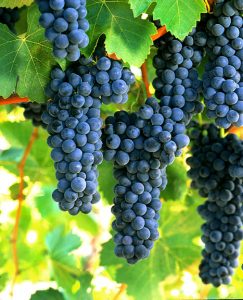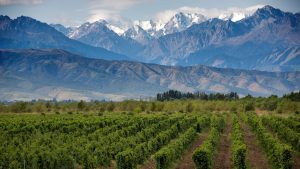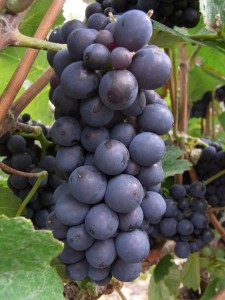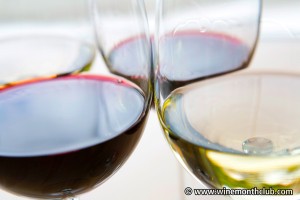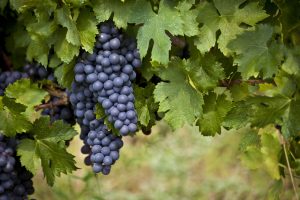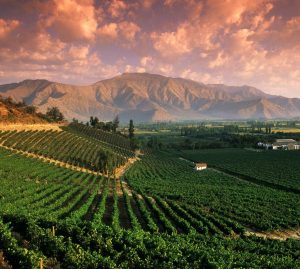 Argentina has long been one of the world’s leading producers and consumers of wine. This sprawling nation, which contains some of the world’s most diverse geography: tropical jungle, barren desert, towering snow-capped mountains and windswept deserted islands that herald Antarctica, is presently the world’ sixth largest producer of wine and the planet’s third largest consumer of the fruit of the vine, placing it just behind Italy and France. As an interesting comparison, Argentina consumes more than five times the amount of wine per capita as does the United States, (10.5 gallons per capita in Argentina versus just 2.00 gallons per head in the United States). Moreover, Argentina is no longer just a source of good plentiful, every day plonk; it is increasingly a treasure chest of world class red and white wines.
Argentina has long been one of the world’s leading producers and consumers of wine. This sprawling nation, which contains some of the world’s most diverse geography: tropical jungle, barren desert, towering snow-capped mountains and windswept deserted islands that herald Antarctica, is presently the world’ sixth largest producer of wine and the planet’s third largest consumer of the fruit of the vine, placing it just behind Italy and France. As an interesting comparison, Argentina consumes more than five times the amount of wine per capita as does the United States, (10.5 gallons per capita in Argentina versus just 2.00 gallons per head in the United States). Moreover, Argentina is no longer just a source of good plentiful, every day plonk; it is increasingly a treasure chest of world class red and white wines.
Driven by the burgeoning worldwide demand for fine wine, especially well-made reds, Argentina has in the past decade begun promoting quality over quantity among its hundreds of thousands of acres of vines, especially in the arid, nearly insect-free environment of Mendoza, where the quality and variety of both white and red wines continues to grow exponentially. The recent attention to quality is much to the delight of savvy North American consumers, who continue to gobble up the wines of Argentina at an ever increasing rate.
The proliferation of domestic and international talent has helped to transform Argentina into a source of exceptional red and white wines, beginning with the Catena family and its scions, Luca and Tikal, Roberto de la Mota at Mendel, Paul Hobbs, Jacques and Francois Lurton, and many others, all of whom are pushing the envelope on quality. This once sleeping giant now houses a treasure trove of fine wines, with the wonders of Malbec and Cabernet Sauvignon in the vanguard. Excellent white wines have also become a source of considerable pride, most notably Chardonnay, Riesling, and Torrontes, Argentina’s signature white varietal. Don’t miss out on all that Argentina now has to offer.

